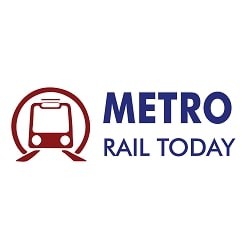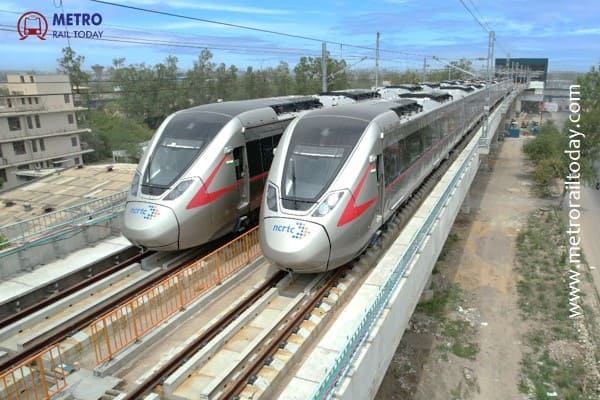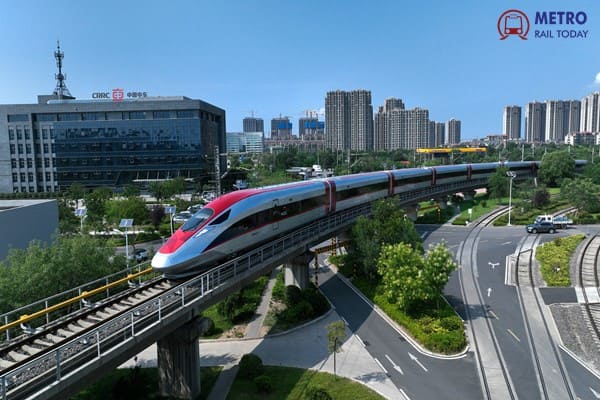 China aims to build national rail network spanning around 200,000 km by 2035
China aims to build national rail network spanning around 200,000 km by 2035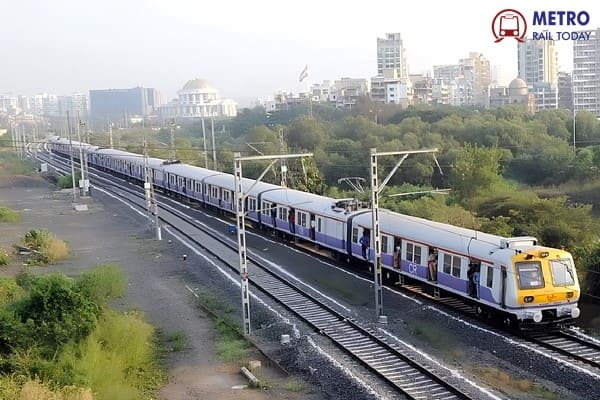 Kavach 4.0 Ushers in a New Era of Rail Safety Across India
Kavach 4.0 Ushers in a New Era of Rail Safety Across India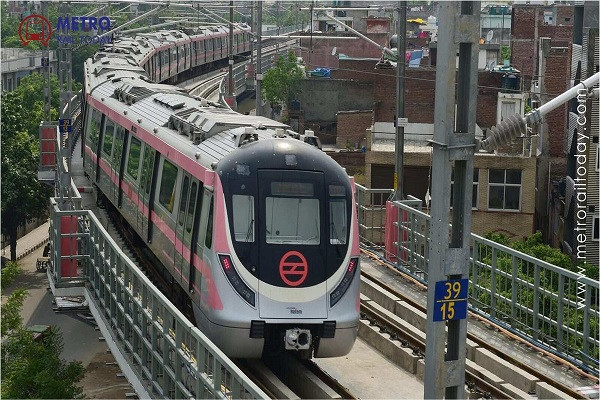 Hyundai Rotem targets Record Rail Revenue in 2026, Sharpens Global Expansion strategy
Hyundai Rotem targets Record Rail Revenue in 2026, Sharpens Global Expansion strategy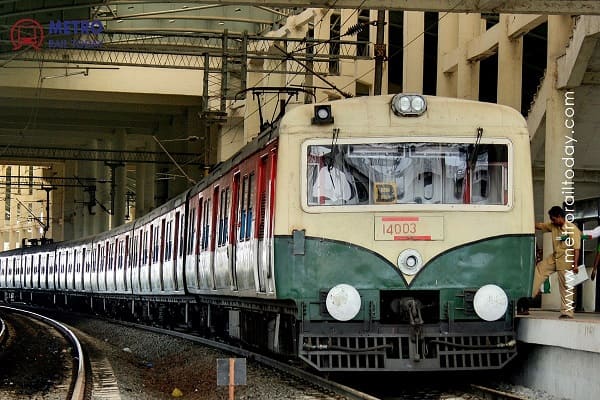 Chennai Metro to invest ₹4,200 crore to upgrade MRTS after merger in 2026
Chennai Metro to invest ₹4,200 crore to upgrade MRTS after merger in 2026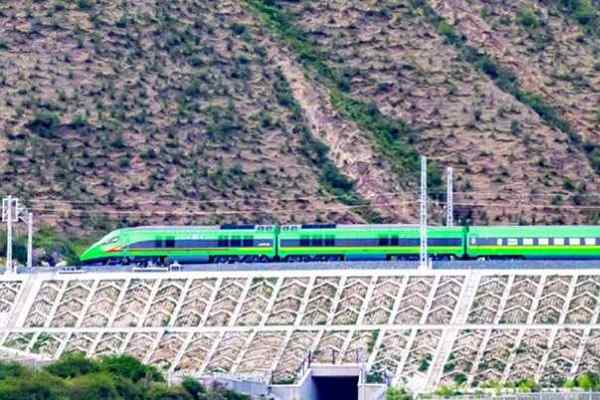 Saudi Arabia and Qatar Sign Landmark Agreement for Riyadh–Doha High-Speed Rail Link
Saudi Arabia and Qatar Sign Landmark Agreement for Riyadh–Doha High-Speed Rail Link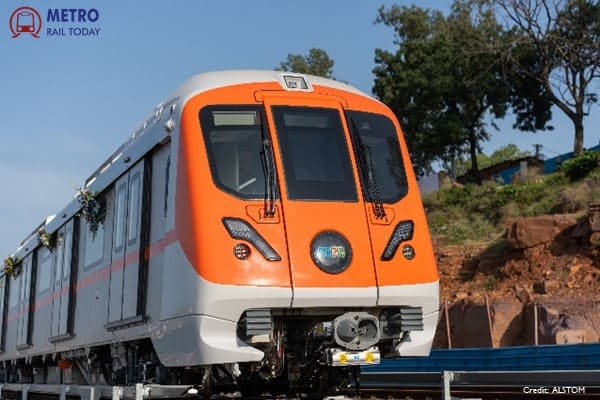 PM Narendra Modi to inaugurate Bhopal Metro operations on December 20, CMRS approval received
PM Narendra Modi to inaugurate Bhopal Metro operations on December 20, CMRS approval received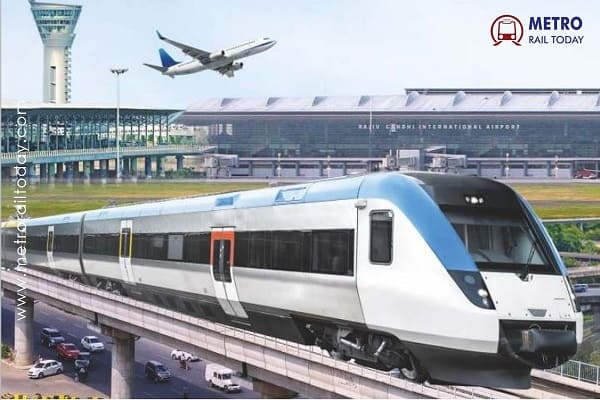 Centre orders NCRTC to prepare revised DPR for ₹20,637 crore Delhi-Noida Airport RRTS Corridor
Centre orders NCRTC to prepare revised DPR for ₹20,637 crore Delhi-Noida Airport RRTS Corridor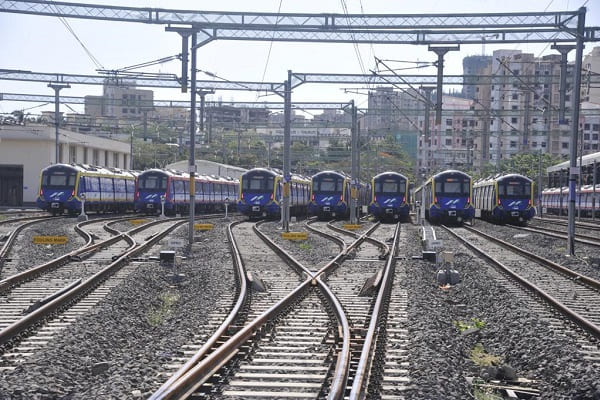 Mumbai Metro deploys Indigenous AI-Based Wheel Profile Monitoring System in Charkop Depot
Mumbai Metro deploys Indigenous AI-Based Wheel Profile Monitoring System in Charkop Depot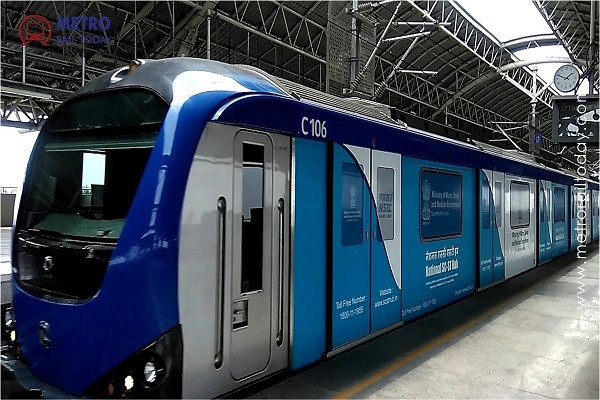 ADB approves $240 million loan to accelerate Chennai Metro Phase 2 Expansion
ADB approves $240 million loan to accelerate Chennai Metro Phase 2 Expansion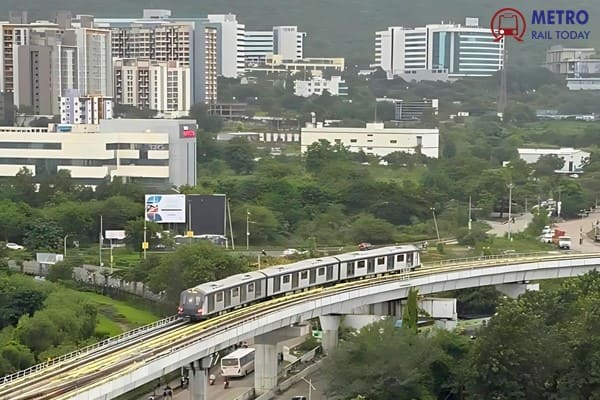 Kalpataru Projects-HG Infra Engg JV bags ₹1,415 Crore EPC Contract for Thane Metro Rail Project
Kalpataru Projects-HG Infra Engg JV bags ₹1,415 Crore EPC Contract for Thane Metro Rail Project
Uttar Pradesh approves Feasibility Study for Lucknow–Kanpur Semi High Speed Rail Corridor
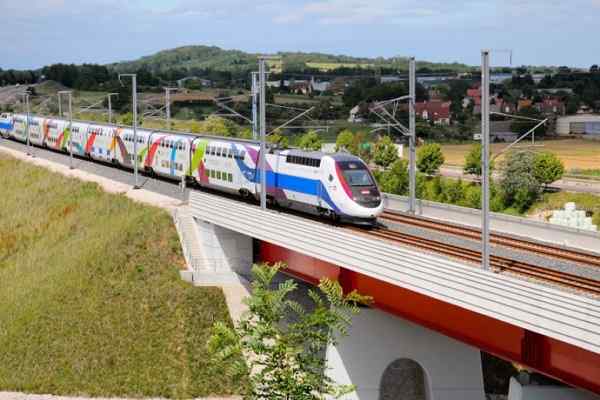
Lucknow, India (Metro Rail Today): In a landmark move toward transforming regional mobility in Uttar Pradesh, the state government has approved a feasibility study for a high-speed rail corridor between Lucknow and Kanpur, modeled after the successful Delhi–Meerut Namo Bharat (RRTS) system. Once operational, the corridor could cut the current travel time of 90 minutes to just 50 minutes, revolutionising daily commutes between the twin cities.
The proposed 70-km semi-high-speed rail corridor will be developed with the National Capital Region Transport Corporation (NCRTC) as the nodal agency. The project aims to replicate the design and efficiency of the Namo Bharat system, offering high-frequency, energy-efficient, and rapid transit services.
Principal Secretary of Housing and Urban Planning P. Guruprasad confirmed that the state government has formally approved the preparation of a Detailed Project Report (DPR). The NCRTC will oversee the initiative, while RITES Ltd is likely to be tasked with drafting the report.
Commenting on the development, Mrs. Mamta Shah, MD & CEO of Urban Infra Group, said:
“The Lucknow–Kanpur high-speed rail corridor is not just a transport initiative but a strategic investment in Uttar Pradesh’s urban future. By enabling fast, reliable, and eco-friendly travel between two major cities, it will catalyse regional economic growth, ease road congestion, and elevate the standard of urban mobility in North India.”
The proposed corridor is part of NCRTC’s broader mission to expand semi-high-speed rail networks across India. Similar to the Delhi–Meerut RRTS, the Lucknow–Kanpur line is designed to provide:
-
High-speed, point-to-point connectivity
-
Reduction in road congestion and emissions
-
Seamless integration with metro and bus systems
-
Passenger comfort through modern, accessible, and safe trains
Experts believe that such corridors can become the backbone of regional economic growth by improving workforce mobility and spurring investments in satellite towns.
The Delhi–Ghaziabad–Meerut corridor, India’s first operational RRTS line, serves as a model for the Lucknow–Kanpur project. Since its launch in October 2023, the 55-km priority section has carried over 10 million passengers. Trains operating at 160 km/h have reduced travel time dramatically, shifting commuters from private vehicles to sustainable public transport.
Once fully operational, the Delhi–Meerut corridor is projected to raise public transport share from 37% to 63%, eliminating over one lakh private vehicles from regional roads and improving air quality.
The Lucknow–Kanpur project also aligns with NCRTC’s long-term strategy to expand Namo Bharat networks beyond the National Capital Region. Proposals have been submitted for four additional corridors around Bengaluru, connecting Hoskote, Kolar, Mysuru, Tumakuru, Hosur, Krishnagiri, and Dharmapuri, covering parts of Karnataka and Tamil Nadu.
These new-generation regional rail systems are central to India’s Viksit Bharat 2047 vision, ensuring faster, greener, and more inclusive mobility.
The approval of the Lucknow–Kanpur high-speed rail feasibility study signals a major step toward reshaping Uttar Pradesh’s transport landscape. Once implemented, the corridor will not only reduce travel time and congestion but also boost economic linkages between the two urban centres—setting the stage for a new era of smart, sustainable, and connected regional mobility.




